

Time Domain Electromagnetic Survey (TDEM) Technology
Advanced Geophysics Inc. is a supplier of Airborne Time Domain Electromagnetic Exploration Systems. Our Premiere hybrid systems, the RaptorFTEM™ systems, offer unparalleled resolution into the subsurface with our Patent Pending Technology that allows unprecedented geological mapping.

What are Time Domain Electromagnetic (TDEM) Systems ?
Time Domain Electromagnetics is a system used to determine the electrical properties of the subsurface and they have a broad range of applications.
How do Time Domain Electromagnetic (TDEM) Systems work?
Time Domain Electromagnetics (TDEM) systems are active electromagnetic systems which have a transmitter and a receiver. They work by transmitting a signal into the ground and inducing an electromagnetic field in the subsurface which begins to decay as soon as the transmitter is turned off. During this time the receiver monitors the induced secondary electromagnetic fields which provides data about the conductivity of the subsurface below.
How deep can Time Domain Electromagnetic (TDEM) Systems see?
The depth to which the Time Domain Electromagnetic (TDEM) systems can sense depends on a number of factors including the base frequency, geologic conditions, listening duration, and current intensity. Typically, TDEM systems are thought to be tools for shallow investigation, but with the right conditions and system it is possible to see up to a kilometer in depth.
What can Time Domain Electromagnetic (TDEM) Surveys help find?
Time Domain Electromagnetic systems are useful for detecting differences in conductivity and the technology can be leveraged to directly or indirectly detect many different types of resources. Conductive metal sulfides such as gold, copper, silver, and platinum can be detected with TDEM systems. Freshwater aquifers can be detected. Kimberlite pipes can be detected. Lithium brines can be detected. Uranium in paleochannels can be detected. TDEM can be useful for environmental monitoring. TDEM also has space and military applications.
Resources We Help Locate
Time Domain Electromagnetic systems are useful for detecting differences in conductivity and the technology can be leveraged to directly or indirectly detect many different types of resources. The RaptorFTEM™ systems are designed to be flown with magnetometers, radiometers and gravimiters which can enhance the understanding of the EM responses. *Our technology is not limited to locating only these resources or applications.

Gold is a highly conductive metal easily amenable to time domain exploration
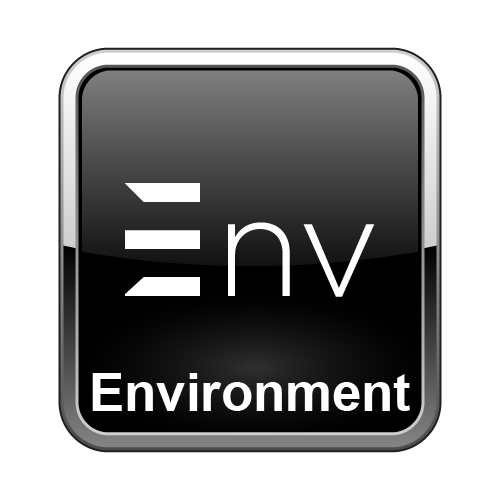
Time domain can be used for environmental monitoring.

Kimberlite pipes can be detected indirectly with time domain exploration due to the conductive clays and associated minerals.
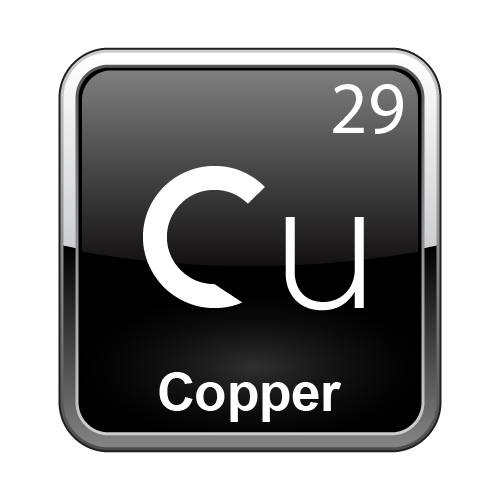
Copper is a highly conductive metal easily amenable to time domain exploration
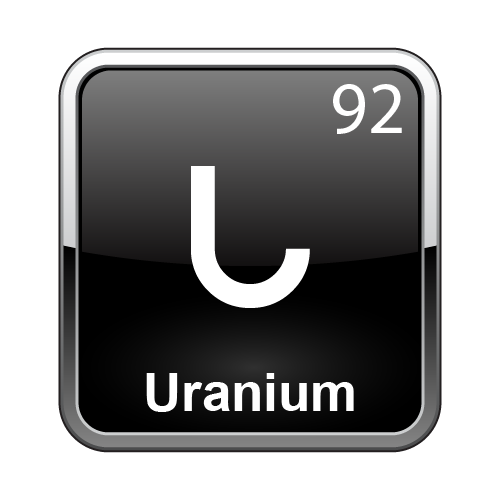
Uranium is not conductive but it can be indirectly detected depending on where it is deposited.

Freshwater and saltwater can be detected and monitored but how well depends on differences in conductivity of the host rocks.
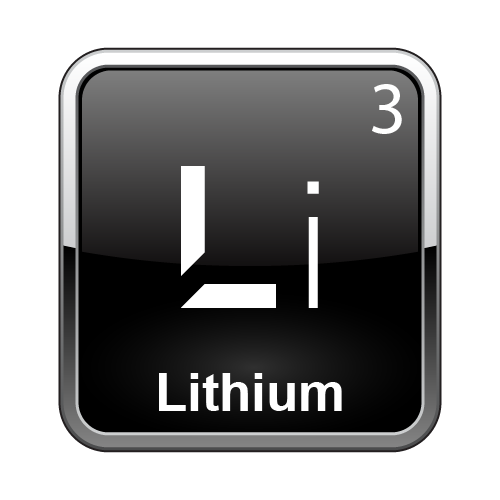
Lithium is a good conductor and its brines and host pegmatites can be detected with time domain exploration.
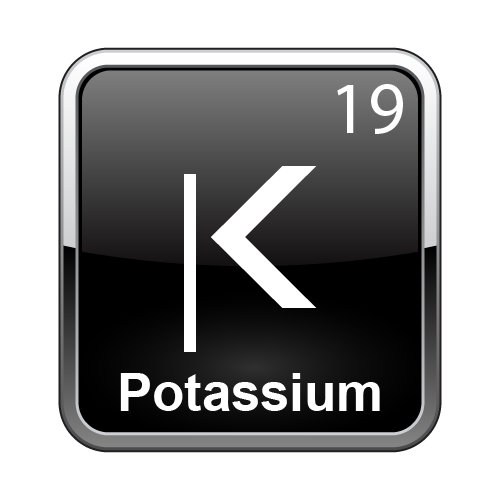
Potassium is a good conductor and its brines can be detected with time domain exploration.

Graphite is a good conductor and can be detected with time domain methods.

Time domain can be utilized to discover Unexploded Explosive Ordnance.

Hydrocarbons are usually not conductive at shallow depths and they can be indirectly detected.

Silver is a highly conductive metal easily amenable to time domain exploration
Are Time Domain Electromagnetic (TDEM) systems ground based or airborne?
Time Domain electromagnetic systems can be ground based or airborne. With airborne systems the amount of data that can be gathered from a single point is dramatically reduced and with a ground-based system it is greatly enhanced. This means that ground based systems are going to be able to get higher quality data, but it will take much longer to conduct a survey and obstacles on the ground may impede data acquisition. Airborne systems aren’t going to be impeded by many surface obstacles and they can acquire data much faster. Configuring the best acquisition solution will depend on the size of your targets, the amount of land needed to cover, and time available for exploration activities.

Let Advanced Geophysics Inc. accelerate your exploration efforts with our airborne RaptorFTEM™ hybrid time domain electromagnetic surveys that provide unparalleled data and mapping capabilities.
FastTrack Your Exploration With RaptorFTEM™ Time Domain Systems
Advanced Geophysics Benefits
Resolution Revolution
RaptorFTEM™ systems have some of the highest data resolution available in the industry due to our technology’s simultaneous shallow and deep subsurface imaging capabilities.
Multiple System Simultaneous Deployments
Deploy multiple RaptorFTEM™ systems simultaneously so you have the flexibility to adjust your depth of investigation focus as your survey collects data.
Unique EM Technologies
Our multiple patent pending technologies are not available in any other system! The RaptorFTEM™ systems offer unprecedented insight into subsurface exploration and mapping.
Deep TDEM Exploration
Time domain electromagnetic exploration has a reputation for only sensing shallow subsurface but our technology allows us to see nearly 1km deep in the right geologic conditions.
Agile Decision Making
With near real time ability to interpret data, surveys can be flown coarsely on one day and then followed up with other RaptorFTEM™ systems and/or finer grid spacing to gather data where you need it most!
Frequency AND Time Domain
RaptorFTEM™ hybrid systems are capable of acquiring both frequency and time domain data.
This is possible because of full waveform data recording and unique data processing.

Let Advanced Geophysics Inc.'s RaptorFTEM™ hybrid time domain electromagnetic systems help accelerate your next project.
Contact us today and let's get started!
